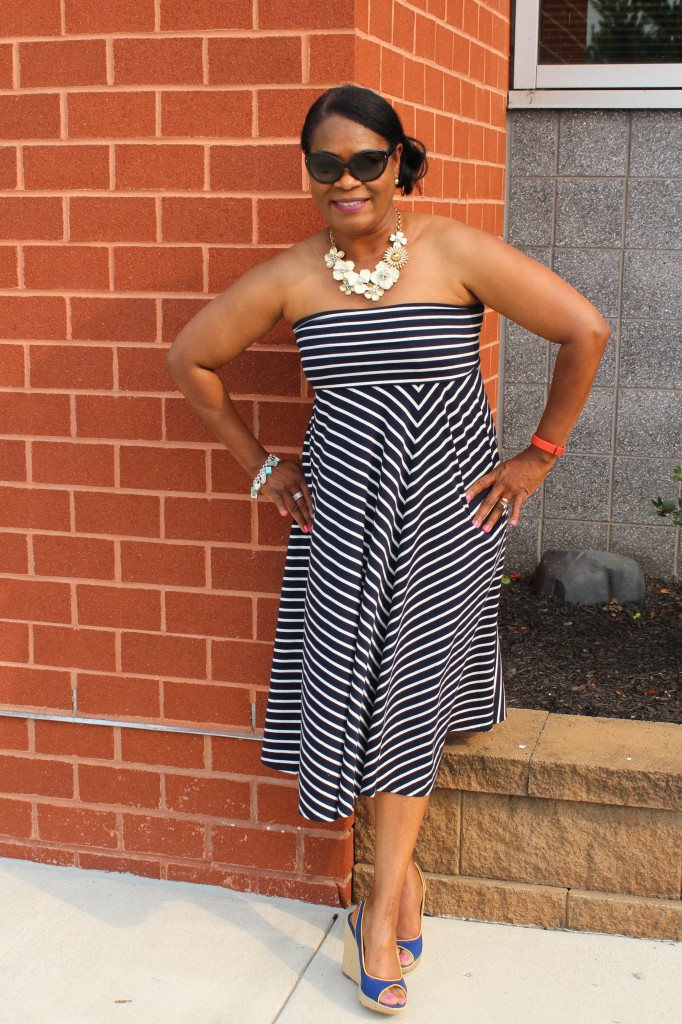
It’s Monumental! What? On my recent trip to Washington, D. C., I saw all the classic sights that most people have explored over the years. The monuments dedicated to people who made American history—you know them—are the Washington Monument, the Lincoln Memorial, the Jefferson Memorial, and the newest one, the Martin Luther King, Jr. Memorial, to name a few.

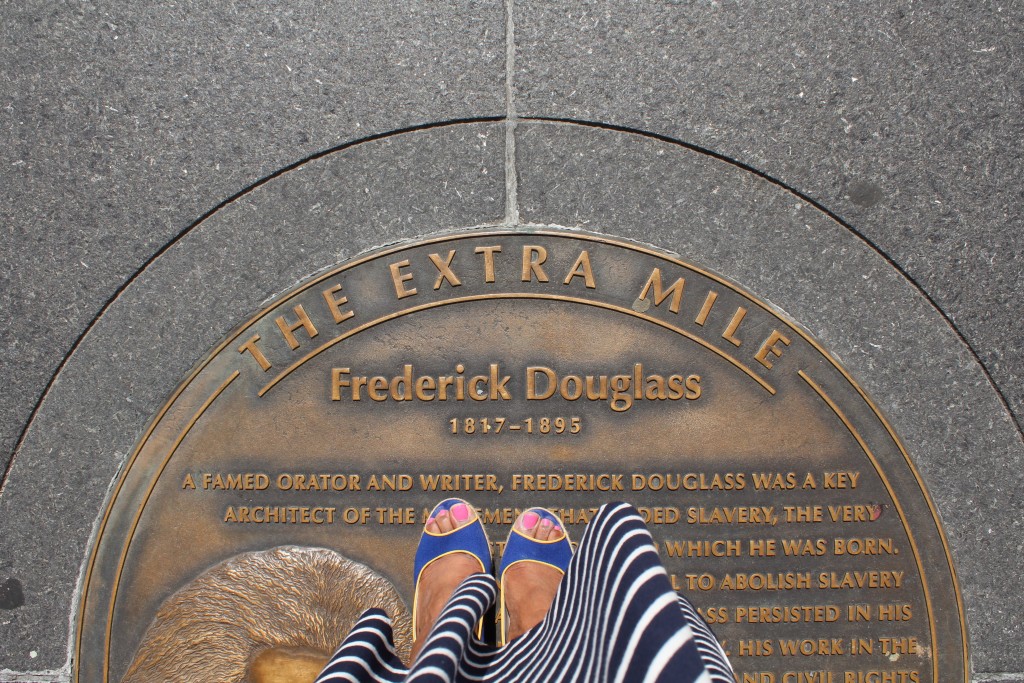
My most notable past visits to the Capital of the United States included visiting Frederick Douglass, an African-American social reformer, an enslaved person, social reformer, abolitionist, orator, writer, and statesman’s Cedar Hill home in the Anacostia neighborhood. I organized a monumental family tour of The White House in 2010 (it took a year to organize and plan). Last fall, my first visit to the Kennedy Center’s Jazz Club.
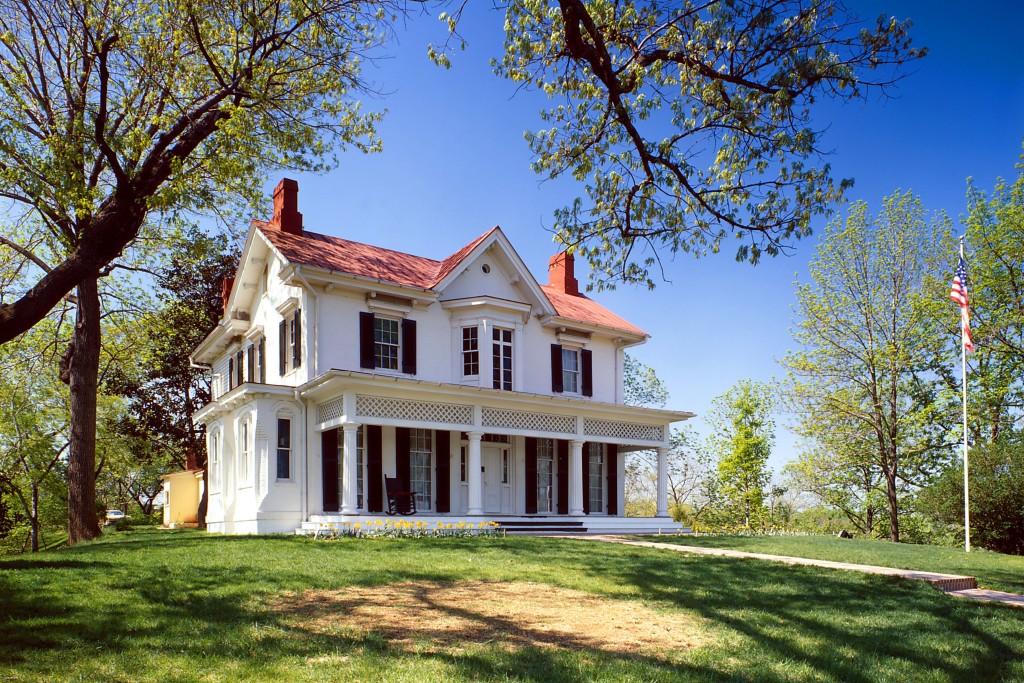

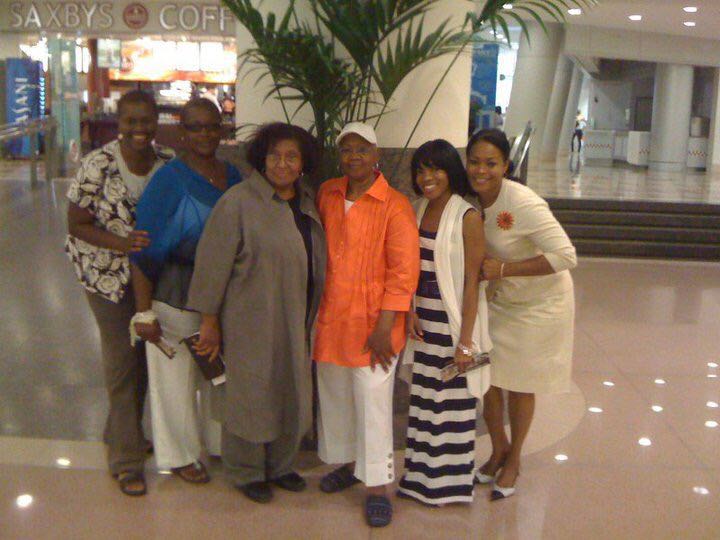

This visit to the District of Columbia was not to explore its monumental edifices but one specific storehouse, the Newseum. I was not familiar with this museum. In 2013, when I embarked upon my first Nike Women’s Half-Marathon in the District, I noticed the Newseum on Pennsylvania Avenue, the gathering place where the half-marathon began.
The Grand Hyatt Washington Hotel, where we stayed, was a 10-minute walk away. The walk was a great way to continue exploring downtown D. C.’s Chinatown and Penn Quarter sections and to reach my 10,000 daily steps goal.
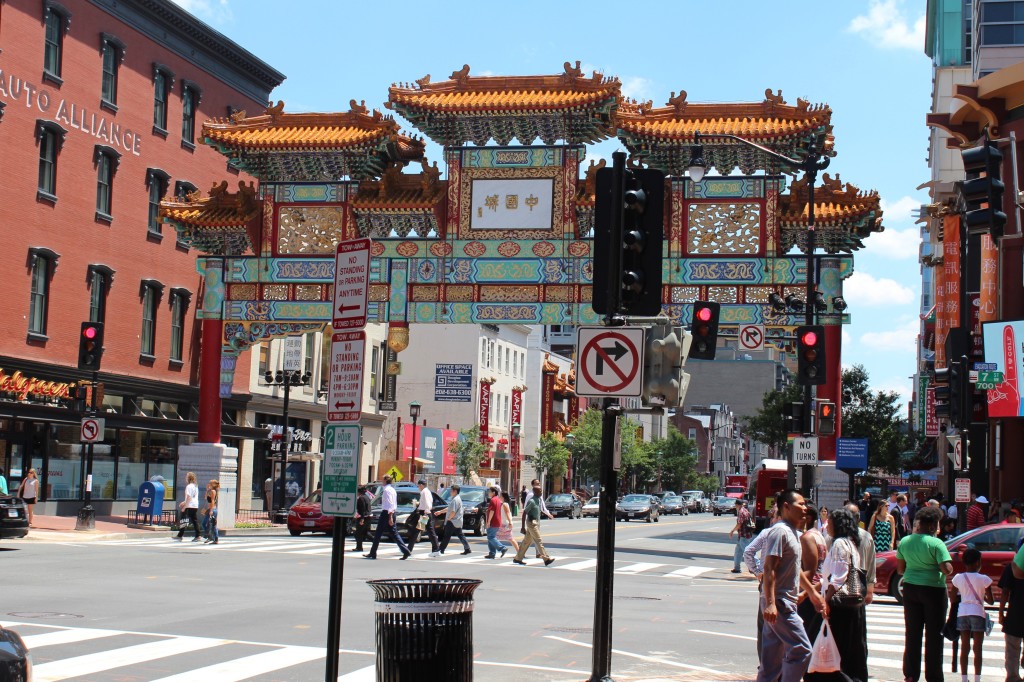
Unlike the free admission to all the Smithsonian Institutions, Newseum has a reasonable $24.27 fee to investigate. Since my hubby was busy with CLE (Continuing Legal Education), I took the tour for an additional $10.00. Since I was the only one who signed up for the tour, I had a one-on-one walk-through of the seven floors.
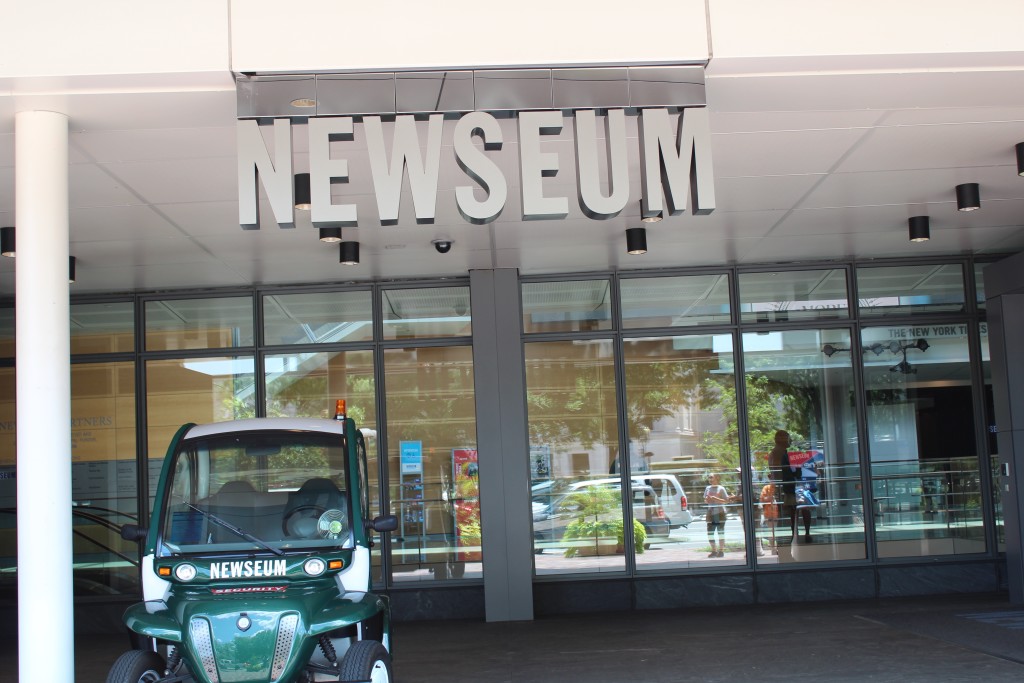
I am not sure where to begin to share this experience. Should I start with the 90-foot-high atrium, which included two icons of modern news reporting: a replica of the pioneering communications satellite ATS-1 and a Bell ‘JetRanger’ helicopter? Or should I do what I always do, give you the history behind Newseum? I chose the latter.
The original Newseum was located in Arlington, Virginia. It was built to increase public awareness and understanding of the First Amendment and a free press. It makes sense that in 2008, this news museum was relocated to Washington, D.C.
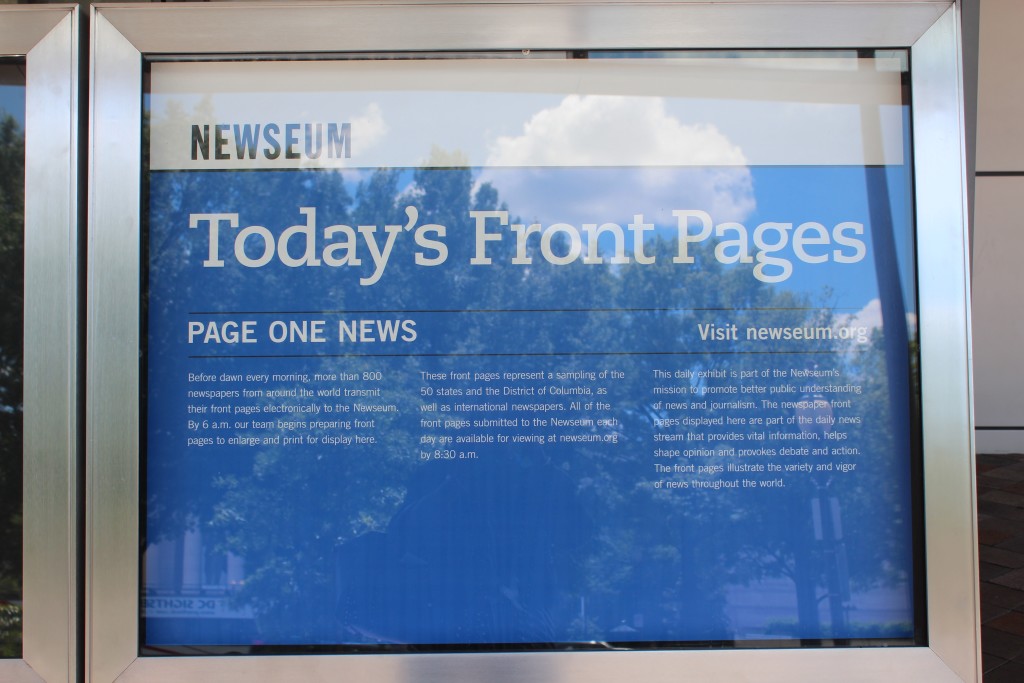
The 250,000-square-foot museum blends five centuries of new history with up-to-the-second technology and hands-on exhibits. One of my Newseum fascinations is that someone displays the front pages of 80 newspapers worldwide every day before dawn. These front pages are enlarged and printed for display outside the building and inside.
The seven levels of galleries are devoted to the following:
News History: The News History Gallery is the largest in Newseum, with stories and artifacts covering 500 years of news. This is the only place where photos are not allowed.
First Amendment: This gallery explores the five freedoms guaranteed by the First Amendment from their beginnings to their relevance more than 200 years later.
9/11: This gallery shows the challenges journalists faced trying to report news of the terrorist attacks to the world.
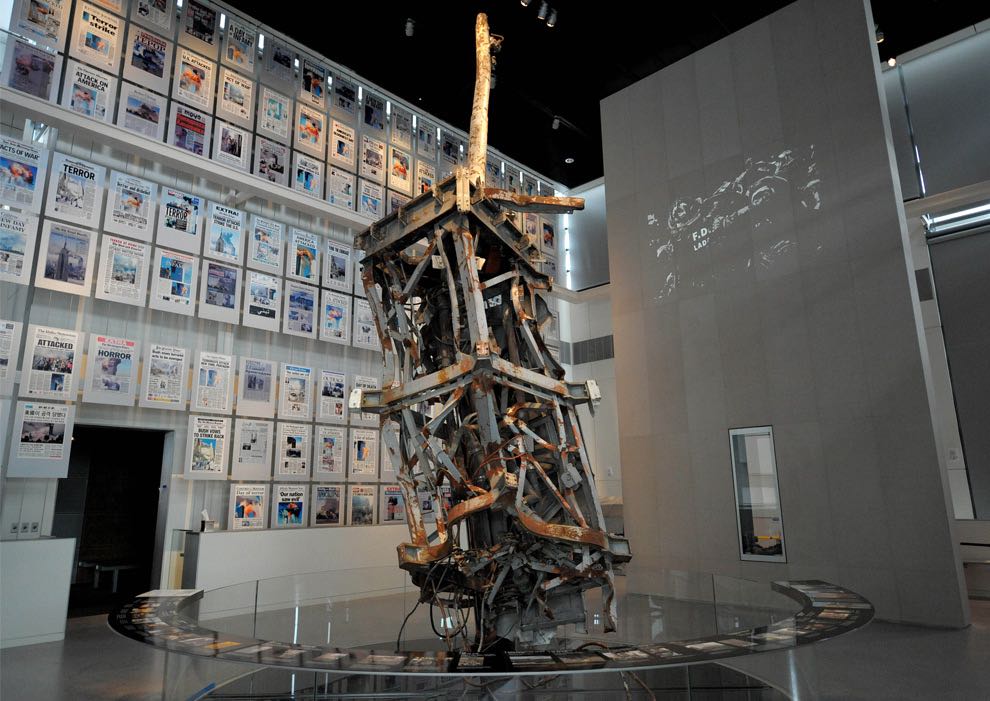
Internet, TV, and Radio: This gallery follows the development of electronic media from the birth of the radio more than a century ago to today’s digital news.
Berlin Wall: This gallery explores the role of the news media during the 28-year history of the wall. The director of the Checkpoint Charlie Museum in Berlin transferred the East German watchtower to the Newseum in 1994 because he feared the guard towers would be destroyed to make way for commercial development. Only a few of the towers exist today. Actual pieces of the 27 miles of the concrete wall that divided East and West Berlin are housed in this gallery.

World News: This gallery highlights journalists around the globe who chronicle events that shape and connect our world—war, natural disasters, or revolution.
Changing Exhibits: This gallery explores compelling topics and issues in depth. The FBI exhibit includes the G-Men, Unabomber Ted Kaczynski’s story, and his cabin, where he hid for 17 years and made bombs. Then, there is a reminder with a foot bomb display of why we take our shoes off at the airport for security. A must-see is the 1965: Civil Rights at 50 exhibit until January 3, 2016.
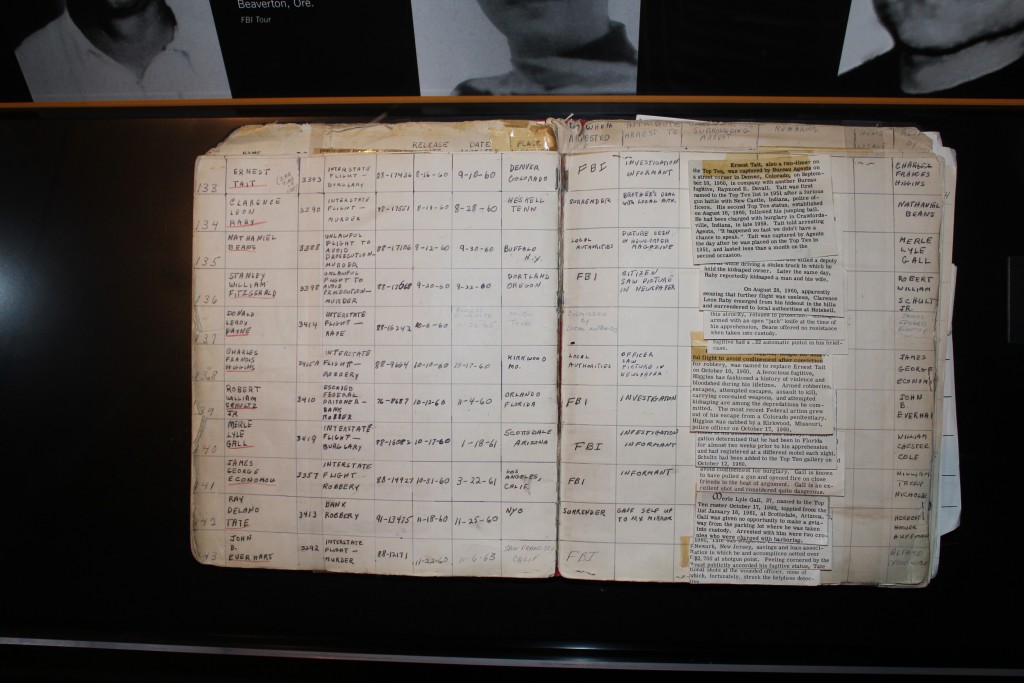
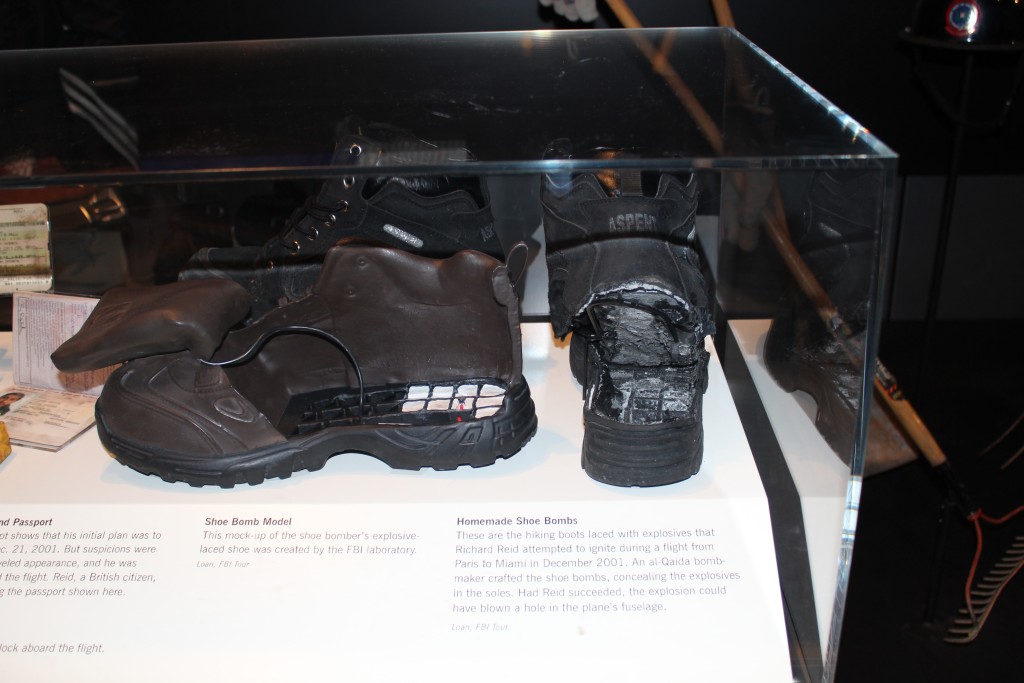
News Media: This gallery, opening soon, will explore the evolving role of digital technologies in journalism and the fast-changing media landscape.
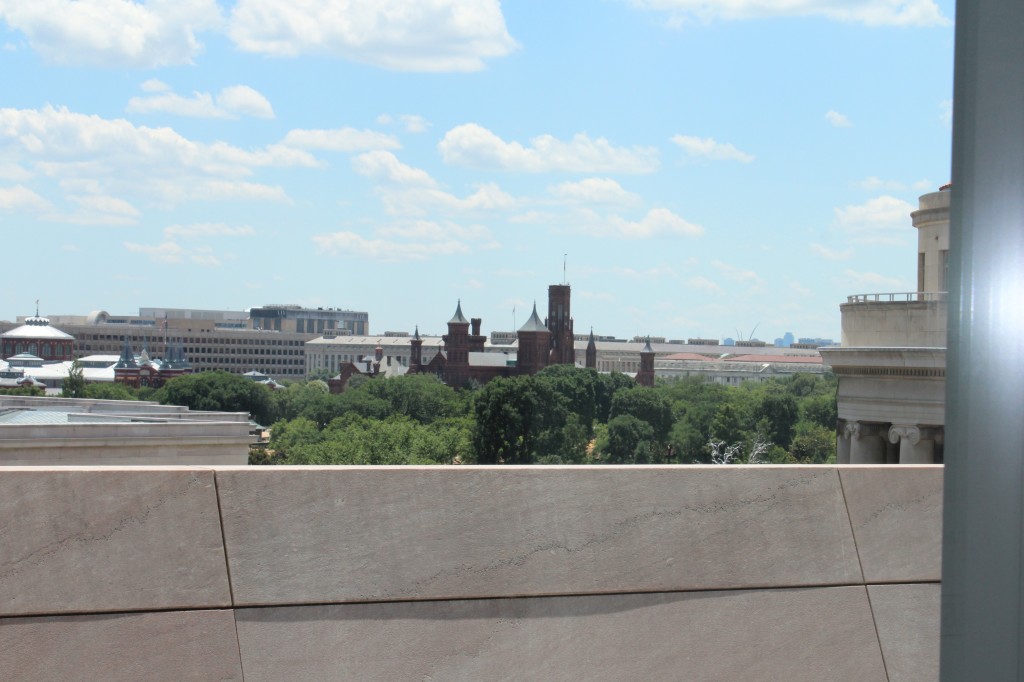
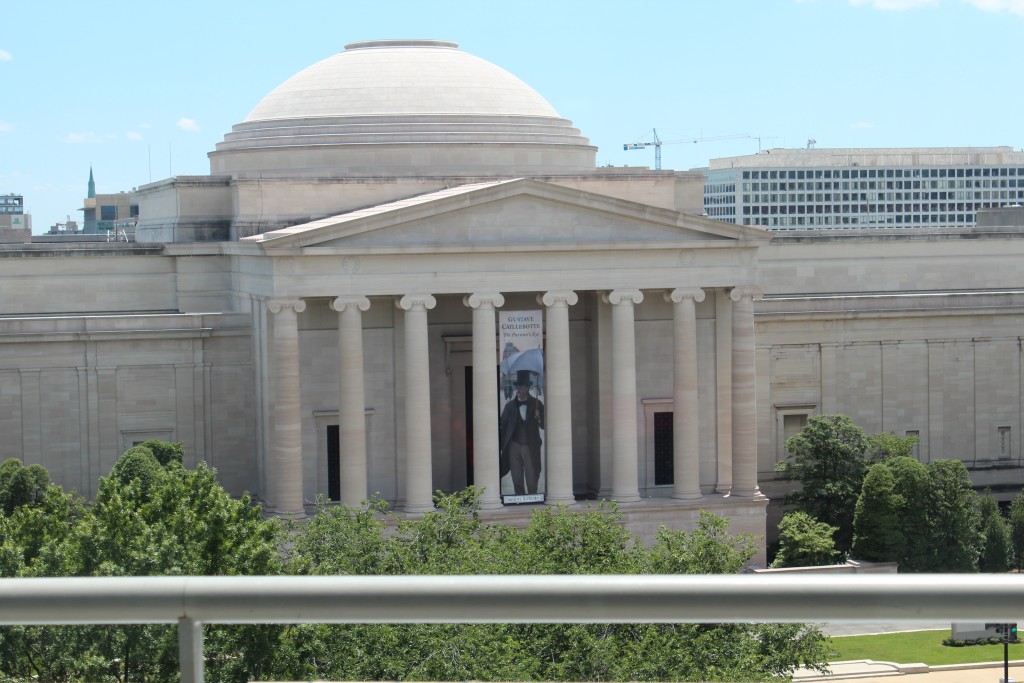
As I walked with the tour guide, I couldn’t help but be moved when I saw pieces of the Berlin Wall, the 9/11 exhibit, the Pulitzer Prize photographs, the Journalists Memorial, and the sheer amount of news covered in these galleries. I didn’t get to the Interactive Newsroom, where visitors can use touch-screen kiosks to play games that test one’s skills as a reporter or photographer.

Like all the other museums in Washington, D. C., the Newseum is monumental. Another visit is necessary, perhaps to see upcoming exhibits: the “Nationals at 10,” which opens July 31, 2015, through November 29, 2015, and “Inside the FBI,” which opens November 13, 2015.
Have you been to Washington, D.C. lately? What have you explored?
I hope you had an enjoyable Independence Day with your family and friends. Have a fabulous week.

